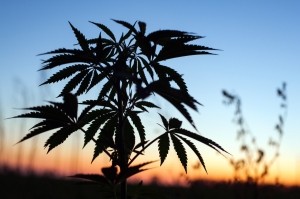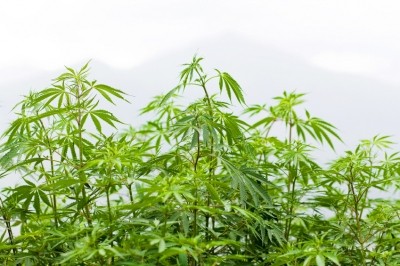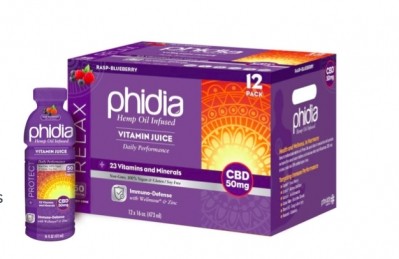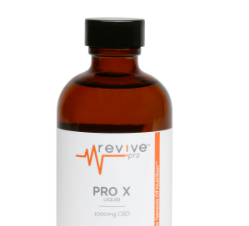Raw material supply for CBDs increasing rapidly
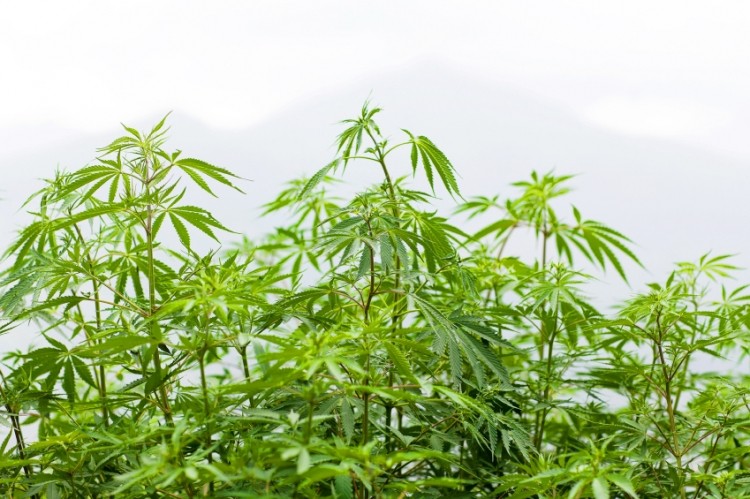
In two states, Colorado and Kentucky, where industrial hemp is being fostered via state programs and is enabled by state laws, crop acreage has increased markedly. The seed shortage that had plagued the industry several years ago seems to be easing and growers are taking advantage of the new, open market.
Colorado voters passed Amendment 64 to the state constitution in November of 2012, legalizing small scale recreational use, sale and cultivation of marijuana. Following that development, the state legislature passed the Colorado Industrial Hemp Registration and Production Act, specifying a simple registration process for commercial and research acreage of industrial hemp in the state.
Rapid increase in acreage
The first registration period for the crop opened on March 1, 2014, and closed at the end of April that year. In that time, about 100 entities registered as growers of the crop, and the total acreage approved that year was about 1,500.
From that humble beginning the state’s acreage has expanded rapidly. For one thing, the registration period was extended to year round, as it became clear that there was high interest in growing the crop indoors. All of Colorado’s medicinal and recreation marijuana, as opposed to industrial hemp, is grown indoors and there is a thriving secondary market in lighting systems, ventilation equipment and so forth for cannabis greenhouse operations. The state’s Department of Agriculture website has a list of people or entities that have registered as hemp growers that extends to 74 pages, with about seven listings on each page.
“It looks like in 2017 we will have about 10,500 acres registered,” state official Mitch Yergert, told NutraIngredients-USA. Yergert is the director of plant industry for the Colorado Department of Agriculture. “We had just under 9,000 acres registered in 2016.”
That represents a 15% increase over last year and a 100% increase in acreage from the first year of production in 2014. Kentucky’s hemp acreage is growing even faster; a state official said more than 12,800 acres of production is registered in that state for this year, up from 4,500 acres the year before. Kentucky approved registrations for 197 growers this year. The official also said that there are more than 40 processors of ingredients from hemp approved by the state. Kentucky has a more restrictive registration process than does Colorado, with a fairly short window in the fall for the coming year. Yergert said the final numbers for Colorado for 2017 aren’t in yet, but the total approved acreage probably won’t change much at this point.
“There really isn’t a deadline any more because you can grow the crop indoors. We do see a peak of registrations in March and April. Of the 10,500 acres we have registered now, about 1.2 million square feet of that, or about 27 acres, is being grown indoors,” Yergert said.
Line between hemp and marijuana
Colorado’s regulations approve cultivation of industrial hemp for commercial and research and development purposes. Industrial hemp and marijuana are different cultivars of the same plant, with hemp growing much taller, with thicker, more fibrous stalks. But for regulatory purposes, Colorado defines industrial hemp as having less than 0.3% THC content.
At the moment, Colorado law draws a bright line between hemp cultivation the growing of marijuana for either the medical or recreational markets. If an industrial growers unintentionally cross that line, they have a problem.
“We have a protocol for inspections, and we will do our own testing in our own lab. Our interest is to make sure that the THC level in that crop does not exceed 0.3%. If the crop was meant for commercial production and it comes in above that, they don’t really have a recourse except to destroy the crop. If it is a field meant for R&D, we will work with that grower to determine the disposition of that crop,” said Rob Carleton, who oversaw the state hemp program in 2014.
While the regulations pertain to THC as the marker compound, they don’t have anything to say about CBD, or cannabidiol, a non-narcotic fraction of the plant that has health properties of potential interest to supplement formulators. Yergert said the state ag department only covers the planting and harvesting of the crop. What happens to it afterwords—whether it is used for fiber, feed, food, or dietary ingredients extraction—it outside his purview. But anecdotal evidence suggests the interest in CBD is what is driving the increase in crop acreage.
“This is just from what we hear, but it seems well over half of the hemp grown in Colorado is being grown for CBD,” Yergert said.
Fluid legal situation
Greater raw material availability will presumably ease one of the constricting factors of the CBD market, that being the high cost of the ingredient. And while the Food and Drug Administration has said that CBD is not a legal dietary ingredient because of a prior IND filed by English company GW Pharmaceuticals, that hasn’t stopped product developers from offering it for sale in a wide variety of products including beverages, foods and supplement-like delivery forms such as capsules and tinctures. There doesn’t appear to be a perceived public health risk for these products as there was for DMAA, so the agency has not instituted a broad action to remove them from the market.
Warning letters sent to companies marketing CBD products have thus far focused on mostly on impermissible disease claims and/or the fact that the products do not meet label claim on CBD content. The letters do mention the GW situation and include this boilerplate language that seems to indicate that the status of CBD as a legal dietary ingredient is still a fluid situation: “FDA is not aware of any evidence that would call into question its current conclusion that CBD products are excluded from the dietary supplement definition under section 201(ff)(3)(B)(ii) of the FD&C Act, but you may present the agency with any evidence that has bearing on this issue.”
